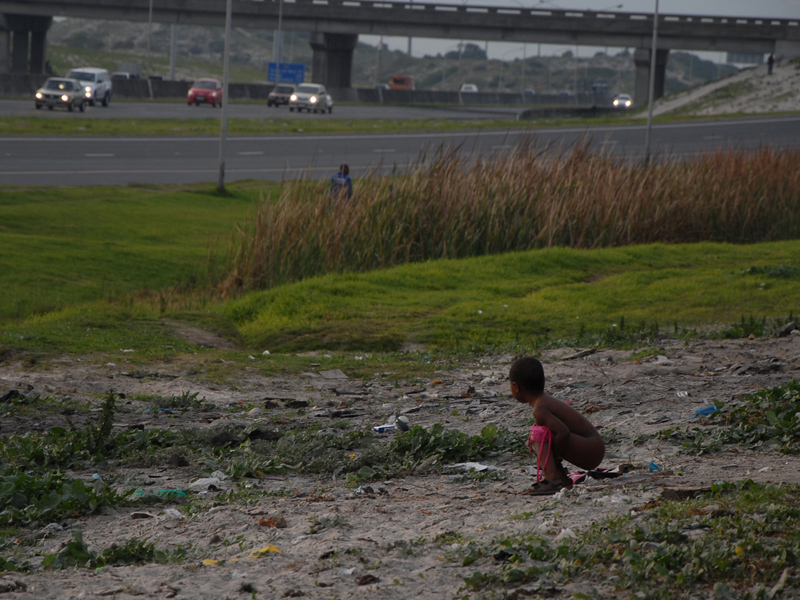Sustainable management in the River Nile?
Following last post, I was curious as to how trans-national water bodies have been managed. After viewing Planet Explore's fascinating video below, I felt the River Nile serves as an interesting case study.
Video - River Nile geopolitics (Planet Explore)
The River Nile (figure 1) passes through 10 countries in Africa serving a population of approximately 400 million. Referred to as the 'cradle of civilization', the Nile supports the water supply of over half of the basin's population. Irrigation dominates aggregate withdrawal at 75%, and is particularly crucial for Lower Basin countries where rainwater is limited (Swain, 2011).
 |
| Figure 1: The River Nile (Source: Hel-Hama ) |
Due to rising demands and uneven power relations, the Nile is susceptible to the 'water wars' outlined previously. But how has the River Nile been managed?
Historically, Britain's colonial interests prioritised river flow to Egypt (Laki, 1998). However, the 1960 Permanent Joint Technical Committee transitioned management to a more bilateral structure. Here, Egypt and Sudan agreed to not engage with third-party stakeholders until a common position was agreed (Okidi, 1999). However, following Sudan's alleged role in the 1995 attempted assassination of Egypt's president, this mutual relationship deteriorated into hostilities. The Sudanese NIF's leader threatened to divert the Nile's flow direction, with Egypt's President Mubarak warning that Sudan "will push us to confrontation and to defend our rights and lives" (Sharfi, 2018).
 |
| Figure 2: Newpaper article of attempted assassination of President Mubarak (Source: Jones) |
The Nile Basin Initiative (NBI) in 1999 therefore aimed to achieve sustainable development through equitable distribution and establishing effective management (Teshome, 2008). Although, the World Bank initially championed the NBI as a paradigm for basin management, the NBI's reliance on external funding with limited contributions from member states raises doubts about its sustainability. Furthermore, the requirement for unanimous agreements vetoes and prolongs contentious issues (Majzoub, 2008). The CFA's establishment in 2010 is also largely ineffective due to Egypt and Sudan's stark opposition to the agreement based on fears of their historical precedence over the Nile being diminished (Belay et al. 2013).
Failures to establish a suitable management strategy is reflected in Ethiopia's GERD (figure 3) which threatens to divert water resources away from Egypt and Sudan. Although, in 2020, the African Union held numerous negotiations between relevant parties, talks ended in deadlock. Similarly, the UNSC's attempted discussions were also unsuccessful (Attia and Saleh, 2021). Tensions have recently escalated with Ethiopia commencing the second stage of construction despite no agreement. Consequentially, Egypt have warned of "inconceivable instability" if Ethiopia proceed, with Egypt and Sudan conducting a co-military drill in 2021 signalling their intentions (Singh, 2021).
 |
| Figure 3: The GERD undergoing construction (Source: Reuters) |
Unfortunately, ineffective management and climate change suggest similar disputes will increase in frequency (Barnes, 2017). The joint population of Ethiopia, Egypt and Sudan is projected to reach 340 million by 2050 increasing demand. Furthermore, climate change and warming of riparian states will alter water supply posing a bigger threat to food and water security (Siam and Eltahir, 2017).
So, what can be done?
In the case of the GERD, relevant stakeholders need to seize the momentum following the the 2021 UNSC's talks. As opposed to treating the project as a zero-sum game, a co-operative approach is required with all parties making concessions as opposed to a state-centric perspective (Timmerman, 2005).


Interesting read. Giving the uneven power relations and tensions, do you think an agreement can be eventually reached in the near future?
ReplyDeleteHi Antoine, thank you for your comment.
DeleteAlthough rising demands and climate change threaten to escalate tensions, I believe there is potential for a solution. As population booms and climate change threatens to further disrupt water supplies, a physical conflict would only serve to worse resilience to potential drought. A viable solution where all sides concede to needs of the riparian states serves as the most pragmatic and realistic solution to all stakeholders. However, there is a need for further talks with international bodies mediating discussions in order to reach this point.